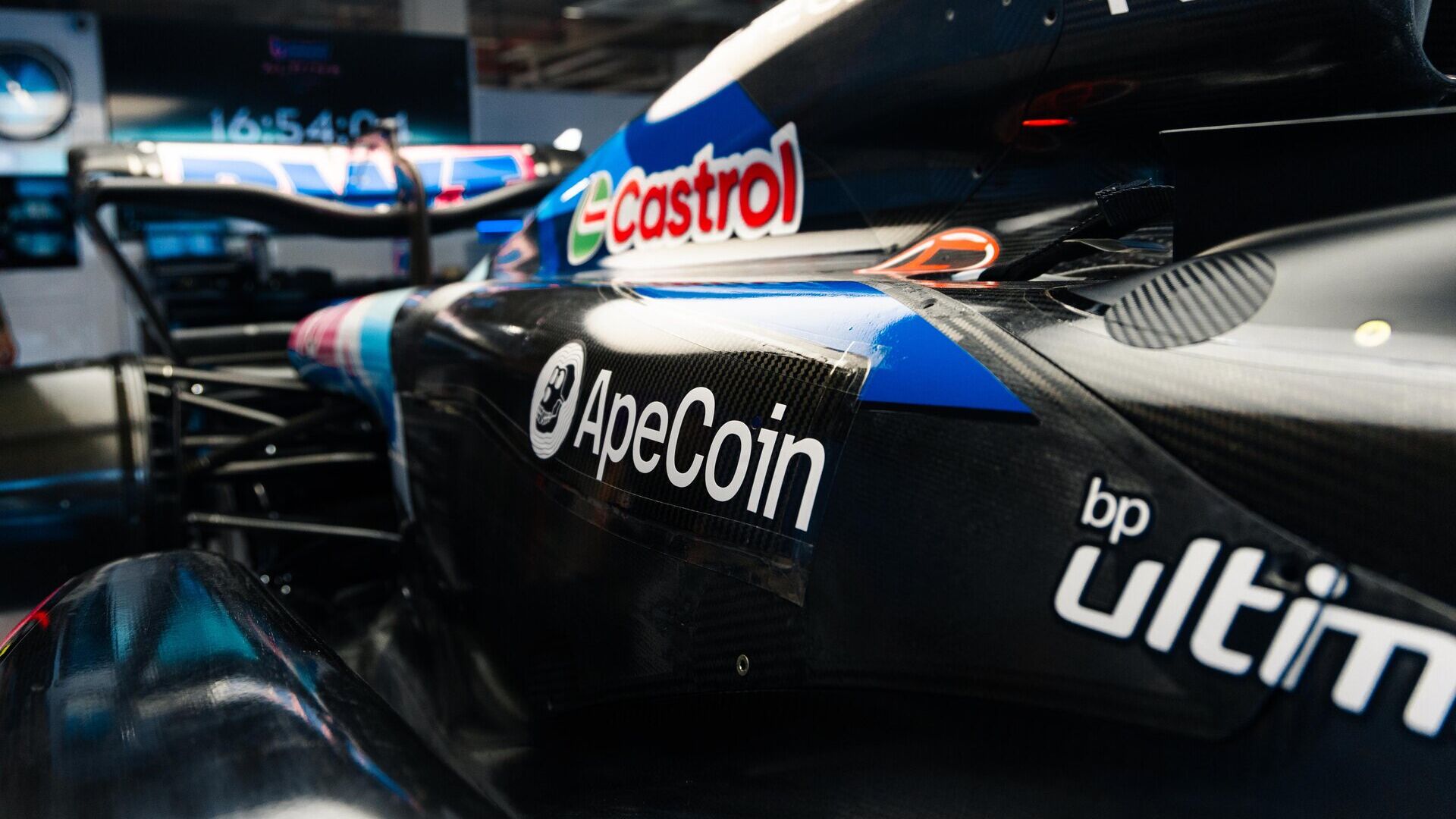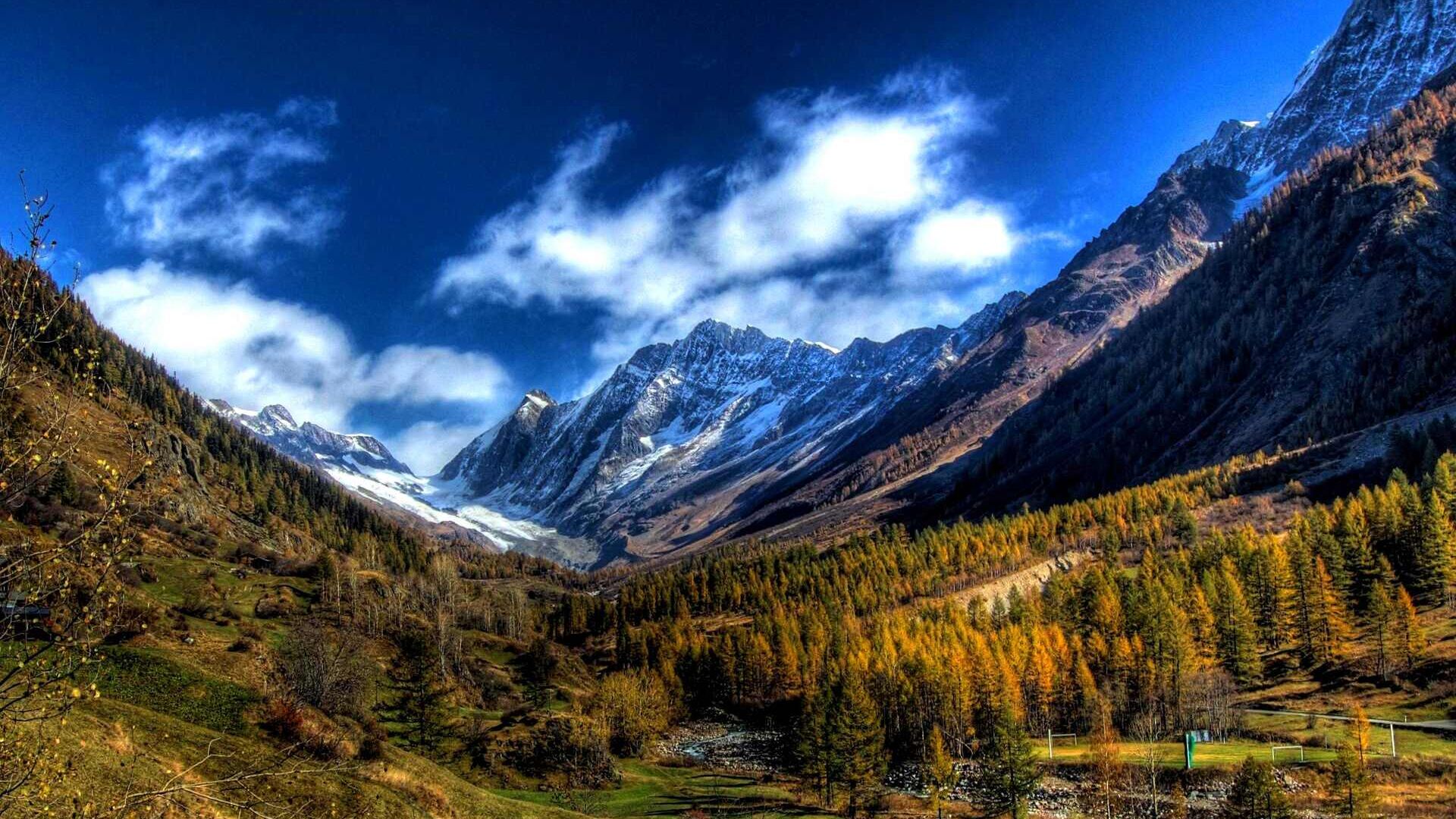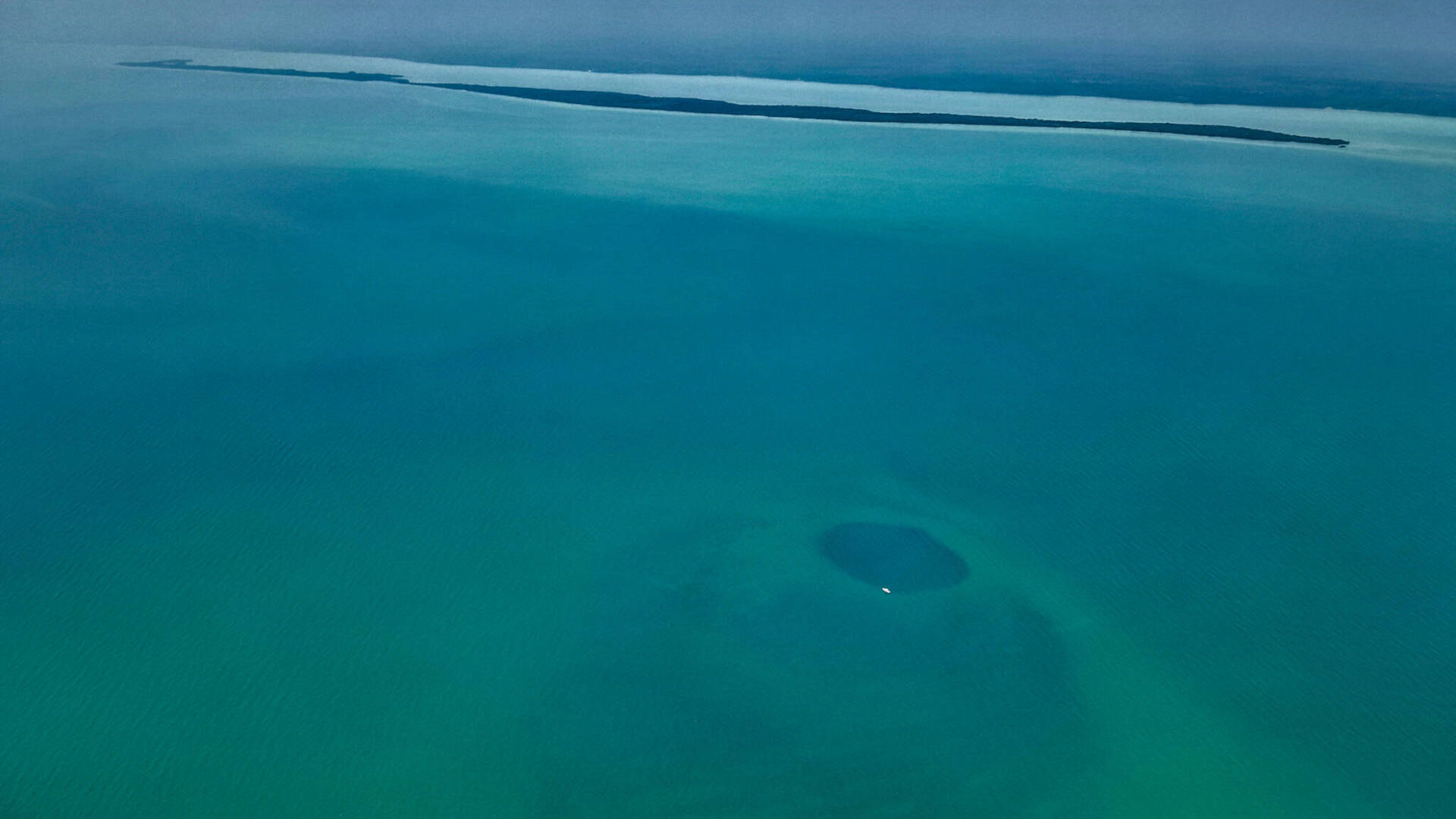Innovation and journalism: an often difficult coexistence
An ancient controversy on the balance between correct information and clickbait titles, reconsidered in the light of "Cronache della Rinascita"
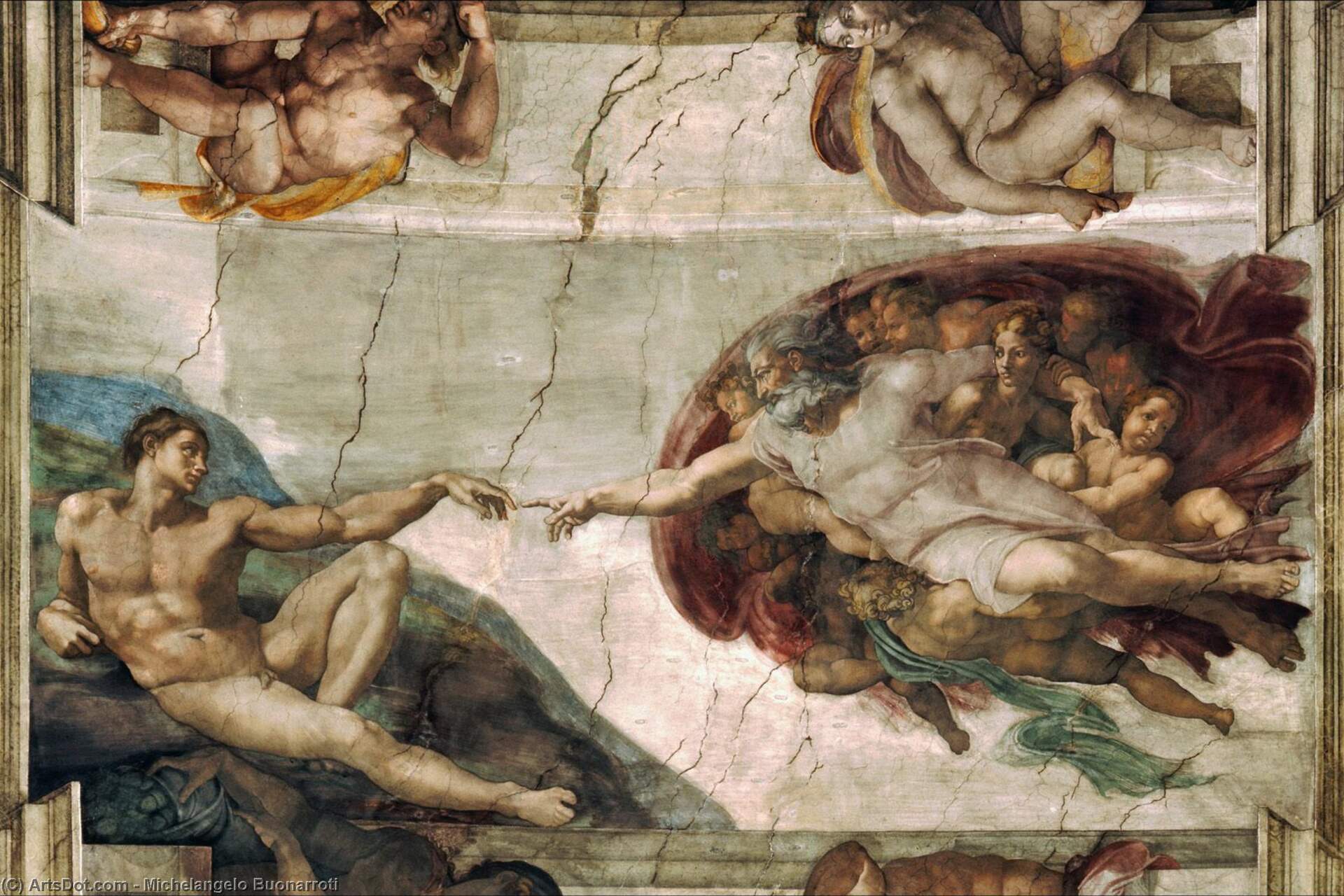
Houston we have a problem.
The alarmist-polarizing trend of offline and online newspaper headlines is becoming increasingly evident in the age of hyper-information (and misinformation).
Today I was thinking about innovation and journalism, after my wife reported a title of "The messenger", historic Roman newspaper founded way back in 1878.
Not really a tabloid newspaper, in short, and the title itself actually doesn't present any particular critical points, at least at first glance.
The information in the article in question also appears quite complete and punctual, complete with clarification, which largely refutes the thesis implicit in the title. Apparently it is an article written with awareness and responsibility.
Paolo Lutti: “Innovating means going beyond one's certainties…”
A Christmas together with Innovando.News, and what it has taught us
Let's start with the example in question
"He follows Google Maps and dies when his car falls from a "collapsed bridge": the family sues the web giant"
The first, human reaction to such a title is emotional.
“Where will this technology take us? Now we are no longer even able to pay attention to the road, we uncritically follow the indications of these electronic traps. Which are managed by multinationals who care nothing about our lives and well-being."
I assure you that it was partly there my instinctive reaction, at least in the first moments.
I am notoriously a person who loves innovation scientific e tecnologica, to the point of sometimes being judged a bit fanatical by relatives and friends.
It is a thesis that I am able to dismantle in 90 percent of cases, but that is a separate discussion.
Then reading the article I realized that the story had slightly different contours, an example of how innovation and journalism too often don't go together.
Twenty-four hours straight of NOI Hackaton Summer Edition in Scena
I, Artificial Intelligence, will explain Innovando.news
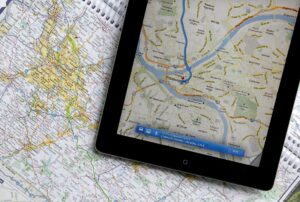
The eternal internal conflict…
Our brain has a way of functioning that is largely dictated by evolutionary criteria. Since our species does not have particular strength or natural weapons comparable to those of higher predators, we have compensated with our cerebral cortex.
Which is capable of analyzing a dangerous situation in a few moments and conceiving a series of very efficient strategies to get out of it, or making us build tools capable of overcoming our physical limitations.
The price of such efficiency, in a complex and connected society like the one we have developed in some three hundred thousand years of existence on this rotating piece of rock we call Earth, is our natural tendency to over-simplify situations.
This trend is largely the triggering cause of the polarizations and consequent clashes that we all too often find ourselves facing on the social networks and social media, as I have written on other occasions.
So we find the "ProTech" party and the "AntiTech" party (which I talk about extensively in a novel that I started writing in unsuspecting times).
The latter, who curiously love to profess their beliefs precisely through the means they claim to hate, will certainly find excellent support in the aforementioned title.
In case you haven't understood, I am critical of both positions (even if, for obvious professional and passionate reasons, I lean more towards the first).
Edoardo Volpi Kellermann: “Feelings and technology are at the center”
In today's melancholy, a fossil of the ethics that we have lost
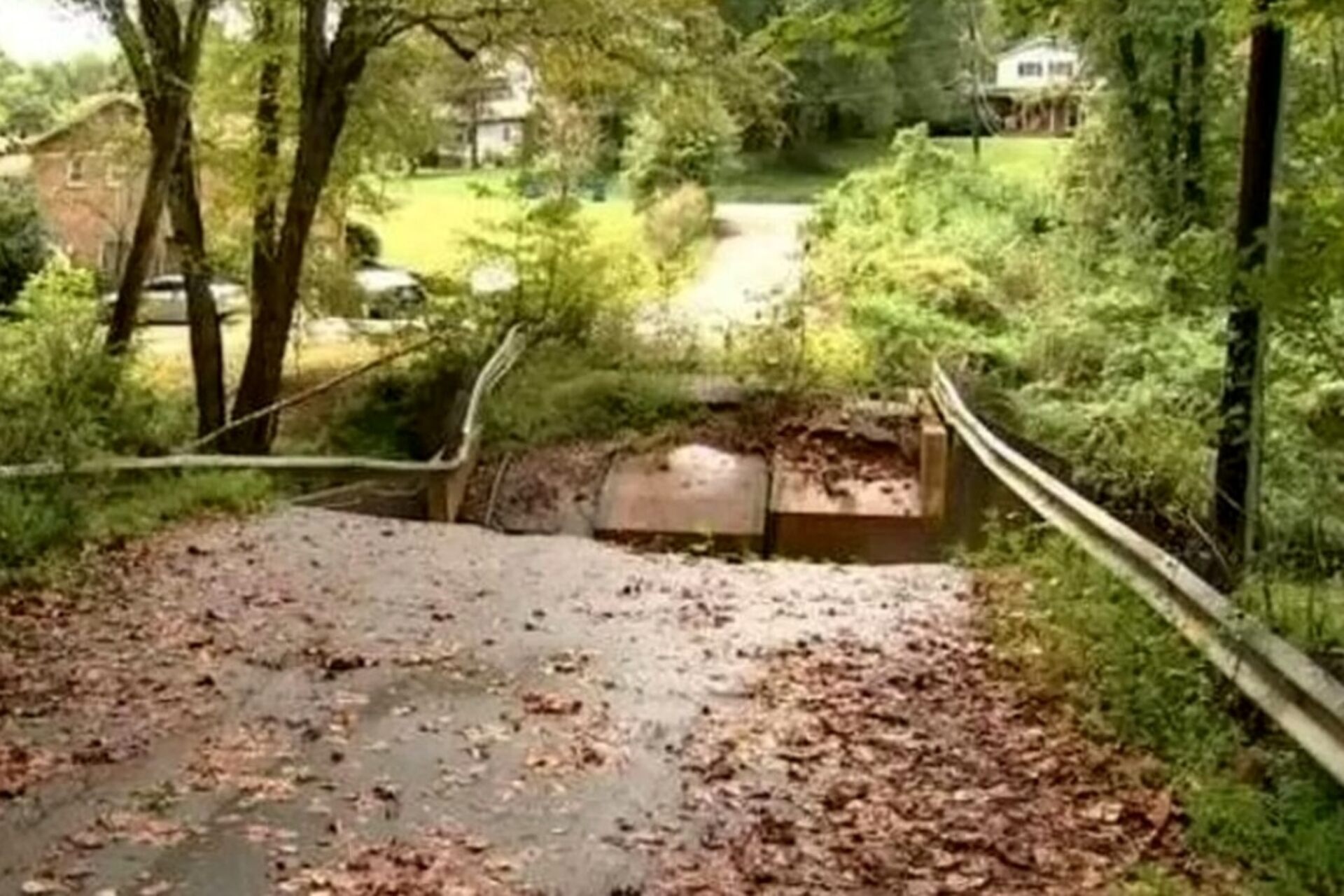
(Photo: BBC)
Let's discover the cards together
What the title says is true, on both points.
But there is an apparently secondary aspect of the story which actually turns out to be substantial: the bridge, which collapsed five years ago, was not in any way marked even by a sign, much less the road had been closed for safety.
A series of lapses of responsibility on the part of the local authorities had meant that that deadly trap sat there, placid and quiet, waiting for its victim.
Therefore, reflecting deeply on the case, we realize that the tragedy would have occurred even if the poor unaware driver had followed a paper map, or more simply the signs indicating the place he intended to arrive.
The darkness of the night and the lack of danger signs did the rest.
ArcheoVerso is the first ad hoc cultural project in virtuality
A "Meta New Deal" to react to the environmental and cultural crisis?
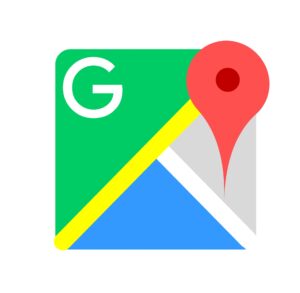
How does Google Maps work?
The digital maps of large IT companies such as Google and Apple are based on the data communicated to them by the competent authorities, which are often a series of bureaucratic bodies that largely overlap and which, like good bureaucratic bodies, play buck-passing with good little awareness and competence (even if they are very “competent” in doing so).
This is why it can happen, for example, that a road indicated as suitable for vehicles by the navigator Google Maps turns out to be a narrow, unpaved country lane.
But, and here lies the undoubted advantage of digital, these maps can also receive reports from users of the service.
The evolution of search engines: the impact of AI, the role of Google
Digital art and the legend of… the lake Lugano monster

Waze, a collaborative App
La app Waze, of Israeli origin and which I use every time I drive (and which was acquired by Google in 2013) is a perfect example of this collaborative functioning.
In the event of accidents, traffic or dangers of any kind, all it takes is one click (naturally stopping the car first, or having someone who isn't driving at the time do it) to report the situation practically immediately to all other users.
Google Maps also has a reporting function, perhaps more filtered, to which the problem, at least according to the article, had been pointed out several times.
So it's true that Google may have some responsibility (and is carrying out a series of internal checks to understand this).
But it is equally true that most of the responsibility lies with the local road managers, who criminally left an unmarked chasm open in a road open to traffic.
We leave the final word on this to the resulting legal investigation.
Thus beat the drums of the First World War of the AI
The Newspeak of Facebook (or of… “Artificial Dementia”)
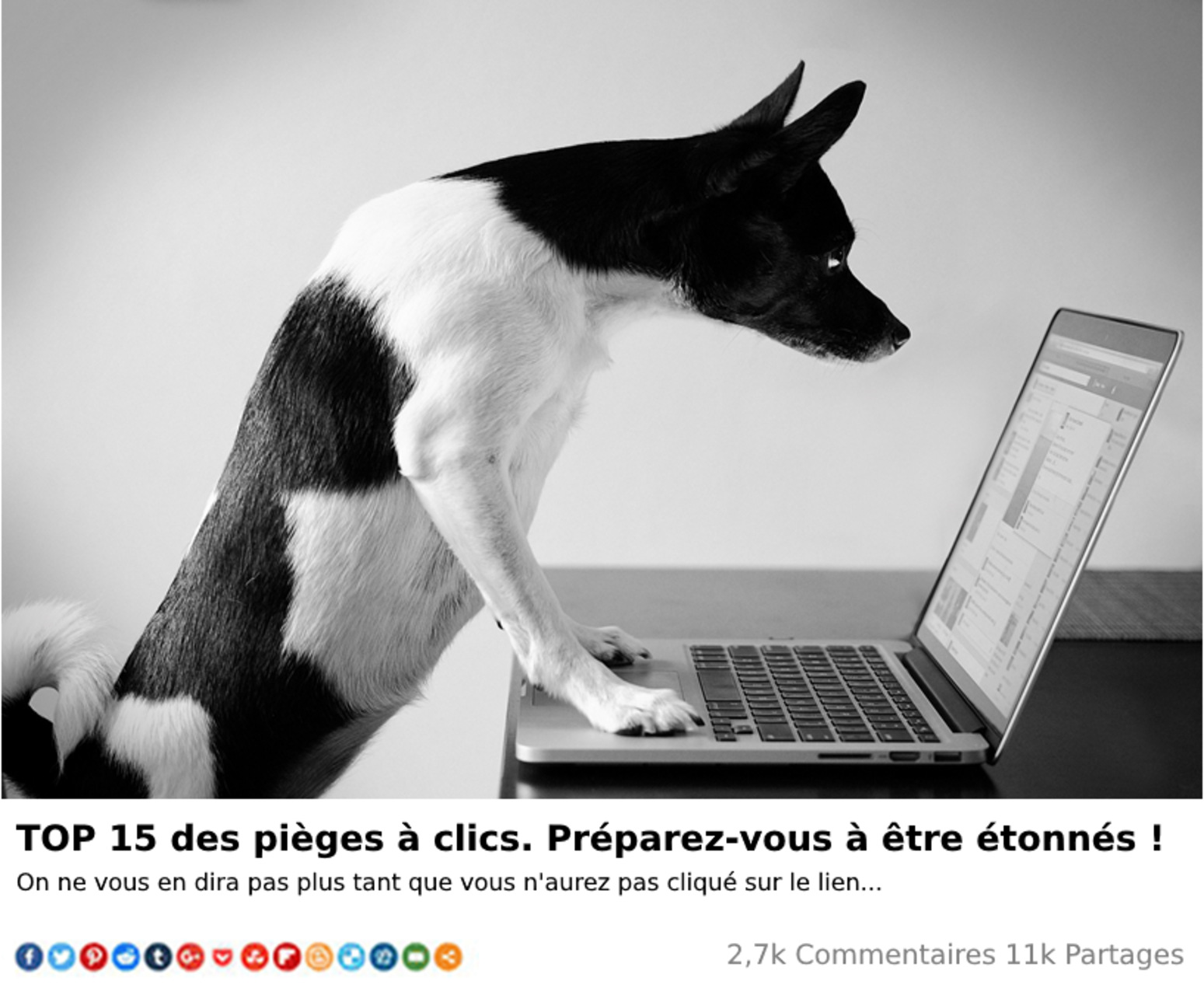
And how does journalism work?
I could have used much more striking examples of the so-called "Click Catching Titles" which pollute journalism today so much, unfortunately at all levels.
This specific case is actually not particularly serious but it is a sign of the times.
From an editorial point of view, there is an increasingly tendency to sacrifice the completeness and balance of the information on the altar of access to the page (or of the sale of paperback, even if it is now tending to decline).
Of course, by reading the article it is clear what actually happened, even if the writer does not underline enough, in my opinion, the real percentages of responsibility.
The journalist seems to leave a non-explicit thesis pending, the one that in the end “It's a bit of the damned girl's fault tech".
Confusion and control in the time of Artificial Intelligence
Ukrainian crisis and the "digital responsibility" of fake news
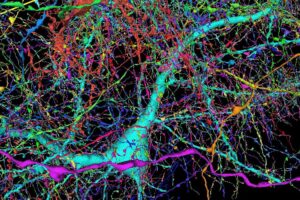
A new Renaissance
Perhaps it would be time for a rethink, for a "renaissance" in profession of journalist, in this particular period where many tend to read only the title and a few subsequent sentences, often voluntarily or otherwise skipping the parts that highlight aspects of reality that do not perfectly correspond to their image of reality.
And this rebirth can only happen through awareness of the great responsibility that those who write and report news and facts have towards their readers.
Responsibility not only to inform in the most correct way possible, but also to stimulate critical and complex thinking in readers, instead of riding on the most deleterious "fan-like" aspects of this or that simplistic thesis.
In short, awareness and competence are needed.
ChatGPT: “I, Artificial Intelligence, will explain Innovando.News…”
That permanent leap of faith in Christopher Nolan's cinema

And what about us at Innovando.News?
Let me end with a little celebration of the work we are setting up this magazine international, guided by the ineffable Gabriel Testi e Andreas Voigt La Spina.
In this place, yes place virtual e philosophical (even if we haven't seen each other in person yet, I now feel I know and understand them better than most of the people I meet every day), we are creating a new-old reality.
Here innovation merges with ethics, awareness and responsibility; thus, every small distortion of reality, or at least of how we journalists Innovating.News honestly we perceive it, it is not considered acceptable no matter how “convenient” or “fashionable” it may be.
The profession of journalist and emerging technologies at the conference
“LPD Day” again to help companies with data protection
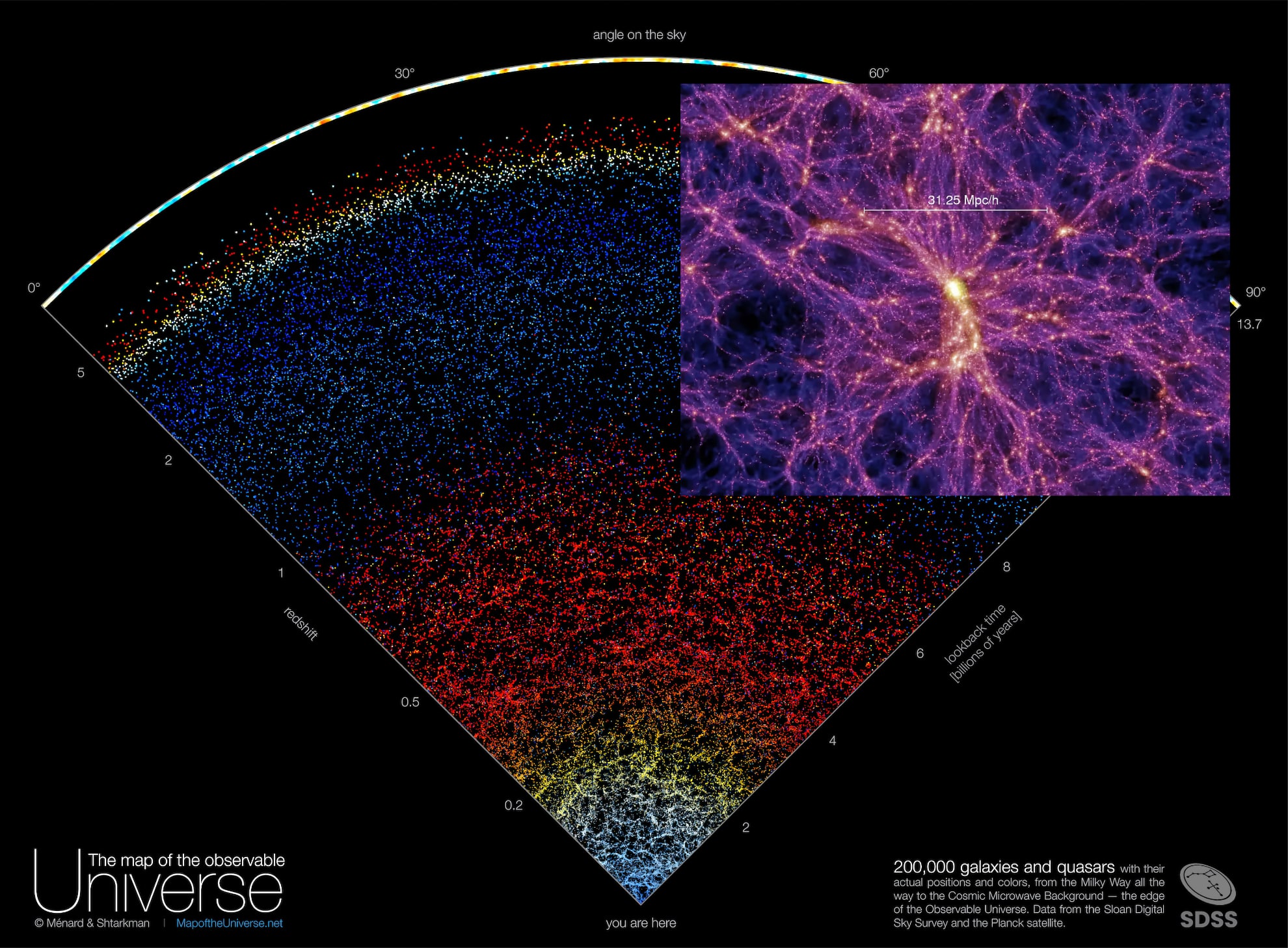
You may also be interested in:
A DAO in Formula 1 from the agreement between ApeCoin and BWT Alpine
The Decentralized Spinning Skull Organization and French Team Will Activate a Global Fanbase Through Real-World and Web3 Experiences
Video, the unique ecosystem of the Lötschental alpine forest
The ideal place to study the growth of trees at different altitudes in the Canton of Valais is described in a very innovative WSL film
by Editorial staff Innovando.NewsEditorial staff of Innovando.News
Taam Ja' is the deepest “blue hole” in the world: the discovery
Marine cavity probed off Yucatan Peninsula, found four times deeper than previous record-breaking sinkhole in Belize
In Brazil the first meeting in the world between biosafety and synchrotrons
In Campinas, a NB4 level maximum biological containment laboratory will be connected to the light sources of a particle accelerator

